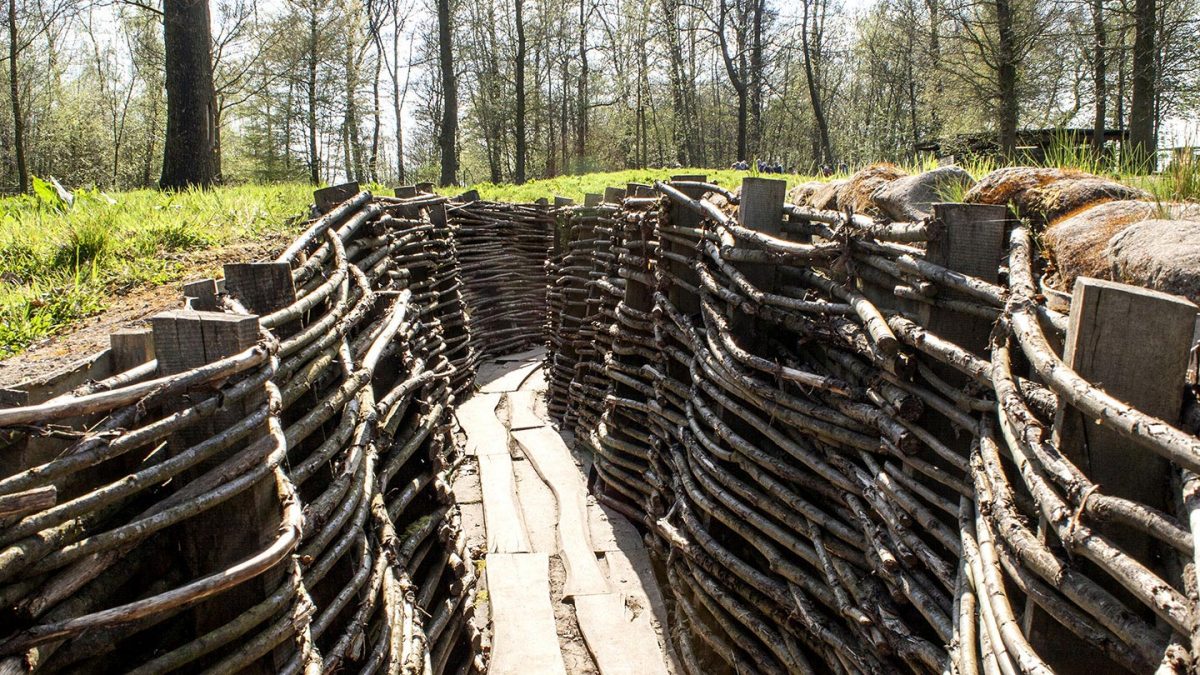
I have just spent part of my day writing up my notes from a recent trip to the Western Front. Over three days, I, and some of the team from the Rayburn head office, visited a variety of sites across Flanders. The purpose of the visit was to train some new history tour guides for Rayburn and carry out some site visits and evaluations.
The history tour guides are experienced guides who have been specially recruited to work on Rayburn Tours. In addition to learning the techniques that I have been developing for Rayburn for school tours, the guides and I also wanted to explore new ways of delivering history content and understanding at a variety of sites. All the guides were enthused by the training and are really looking forward to taking Rayburn groups out – myself included.
The centenary of the First World War has meant that more and more groups and individuals want to visit Flanders and the Somme area, which has unfortunately increased visitor numbers. An essential part of the three days was therefore making sure we all knew some of the less well visited sites, so that we can ensure Rayburn groups get all the knowledge and understanding they need about the First World War, but at sites that aren’t so busy that they can’t listen and explore for themselves. Some of the less well known cemeteries, memorials and trench lines can deliver just as much history as some of the famous ones.
I know that I have always been a fan of taking groups to Bedford House CWGC cemetery, which is often ignored by groups but is the third largest cemetery in the Ypres region, containing graves from a number of nations, religions and backgrounds. One of the other guides always enjoys helping students to learn about the events and life in the trenches by visiting Bayenwald trenches near Kemmel.
Some of the time out there was spent going over the National Curriculum, GCSE and ‘A’ Level themes, exploring how we can draw out the most from a visit to the Western Front for students and teachers once they return to the classroom. However, as important as specified learning outcomes are, a key focus was on how we can bring the men and women of those days to life and make their experiences real. Talking about the personal stories and discussing research methods was something everyone on the tour benefited from.
It was a great, if exhausting, three days. On the way back from Flanders, it was great to hear the Rayburn office staff so enthusiastic about where they had been and what they had witnessed with the guides. Everyone feels that we are able to put together some of the best school tours to the Western Front, not just for the centenary but for a long time to come. Most of all, we can now collectively draw on some excellent knowledge to put together a relevant and exciting tour that meets many needs, has excellent guides, and sites that have real appeal – not just the most visitor numbers.
Over the next few months we’ll be highlighting some of the less well known sites and introducing the guides – I think you’ll be impressed.
